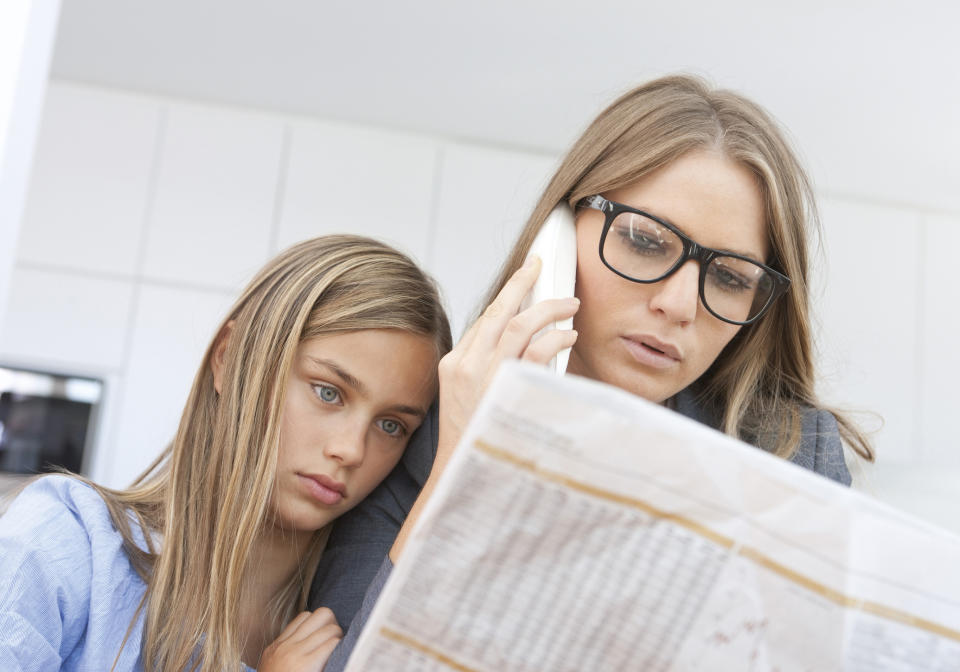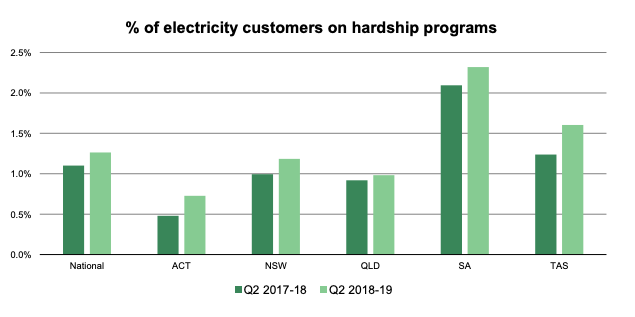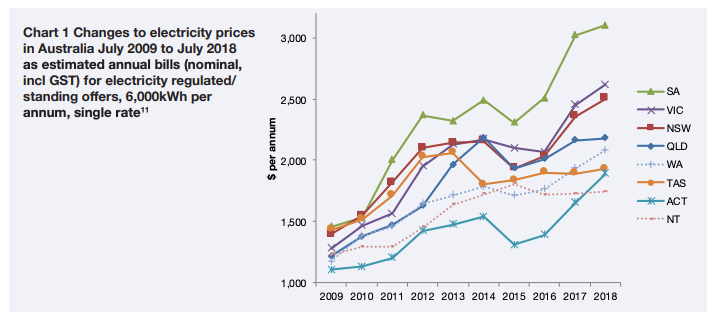Australians struggling with power bills is at all-time high

Australian households on hardship assistance for electricity payments has hit a record high.
There were 80,437 customers on assistance programs at the end of 2018, according to the latest Australian Energy Regulator report, which was a 17 per cent increase from the start of the year.
Hardship programs involve energy retailers negotiating with a customer to make payments in instalments, rather than cutting their supply off for falling behind their bills.

As power prices have gone up in recent years, the AER has been encouraging retailers to put customers on such plans rather than disconnecting them straight away.
But the big jump in hardship was still a concern, stated the report.
“It is a significant increase in the number of people requiring assistance, suggesting that more
people are struggling to pay their bills.”
The average debt for customers not on hardship assistance was $995.82 at the end of last year, while those entering such assistance owed $955.58. The average debt of Australians on hardship programs was slightly more, at $999.50.

The AER regulates the retail energy market in NSW, Queensland, ACT, South Australia and Tasmania. Victoria has its own regulator.
A St Vincent de Paul report from October showed that power prices have gone up in all states and territories of Australia between 2009 and 2018.
“Compared to 2009, electricity prices have increased by 75% on average, with Victoria and South Australia experiencing the greatest increases (104% and 112% respectively).”
Make your money work with Yahoo Finance’s daily newsletter. Sign up here and stay on top of the latest money, news and tech news.
Now read: Fintech investment doubled while Australian banks got hammered
Now read: 10 startups that Telstra just poured money into
Now read: DRUNK & PASSED OUT – QANTAS flight attendant loses unfair dismissal appeal

 Yahoo Finance
Yahoo Finance 